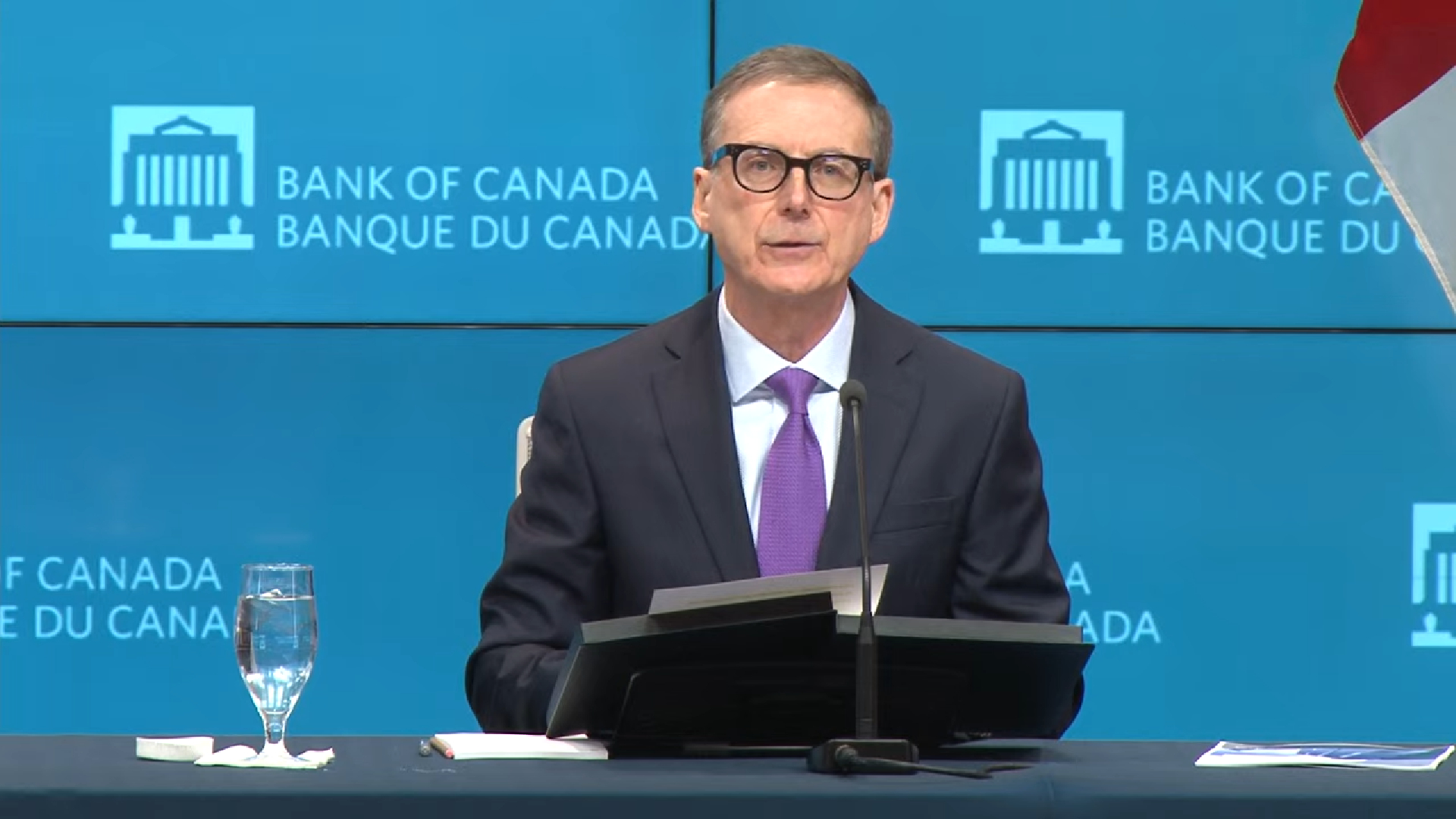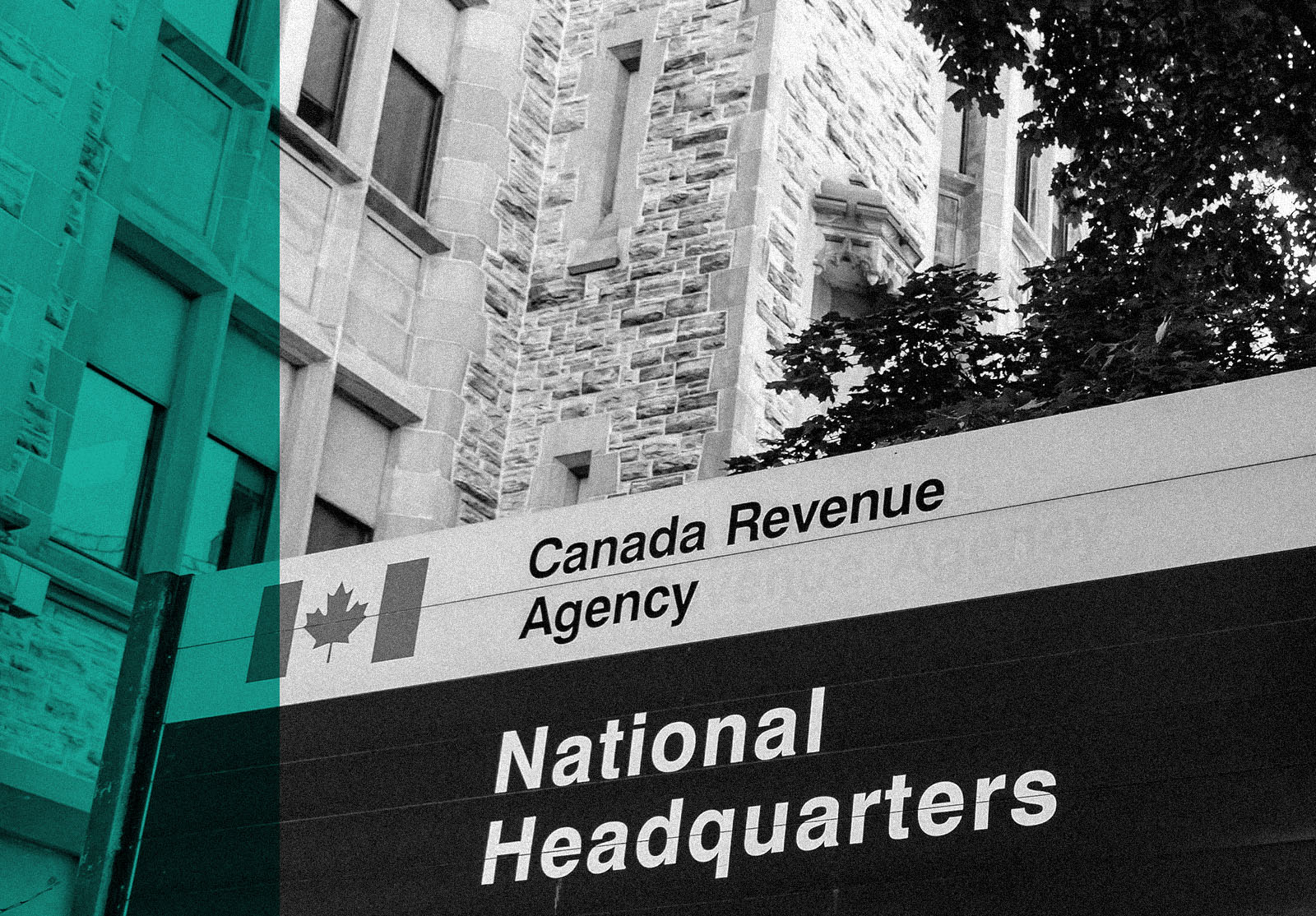
Canadians must prepare for the possibility that interest rates remain “higher for longer,” the Bank of Canada’s Senior Deputy Governor said today. While speaking in Vancouver Thursday morning, Senior Deputy Governor Carolyn Rogers outlined some of the reasons why “we could see rates stay higher for longer and why it’s important to adjust proactively to that possibility.” “Globally, the adjustment to higher interest rates is well underway,” she said. In Canada, of course, we’ve seen the Bank’s overnight target rate soar by 475 basis points in just 16 months—its fastest pace ever. Despite growing talk about when the Bank may start cutting its benchmark rate, Rogers said some of the forces that have kept interest rates at record lows during the pandemic are now abating. “These forces included aging baby boomers that were saving more, China and other developing nations joining the global economy and fewer attractive investment opportunities for businesses,” she said, citing a previous speech by Deputy Governor Paul Beaudry. “…some of these forces look to have peaked and could start reversing. This would put upward pressure on interest rates.” While the Canadian economy has been adapting to higher interest rates over the past year and a half, Rogers said “proactive adjustments to higher interest rates need to continue” to ensure the resilience of the financial system. The response to 22-year-high interest rates has already been seen in the sharp drop in both consumer spending and borrowing. Annual household credit growth has slowed to around 3%, the slowest pace since the early 1990s. “We’ve seen a big drop in applications for residential mortgages, while banks’ mortgage approval rates remain roughly unchanged,” Rogers said. “This suggests the slowdown is being driven by a drop in demand for credit rather than by a tightening of lending standards.” Reiterating a point she made during testimony before the Standing Senate Committee on Banking, Commerce and the Economy last week, Rogers said that households with mortgages are so far only showing a “modest increase” in financial stress related to their non-mortgage debt. She pointed to delinquency rates on credit cards, auto loans and unsecured lines of credit that are now at or slightly above pre-pandemic levels. “Delinquency rates on mortgages, meanwhile, are still lower than before the pandemic,” she added. That’s despite approximately 40% of all mortgage holders having already seen higher payments at renewal since early 2022. However, Rogers cautions that as rates remain high, the ongoing impact on mortgage borrowers with fixed payments will continue to be felt. “By the end of 2026, virtually all remaining mortgage holders will go through a renewal cycle and, depending on the path for interest rates, may face significantly higher payments,” she said. Source: Canadian Mortgage Trends Adjusting to a higher-for-longer interest rate environment






